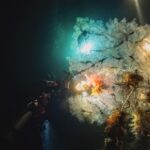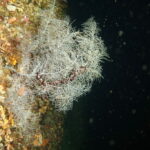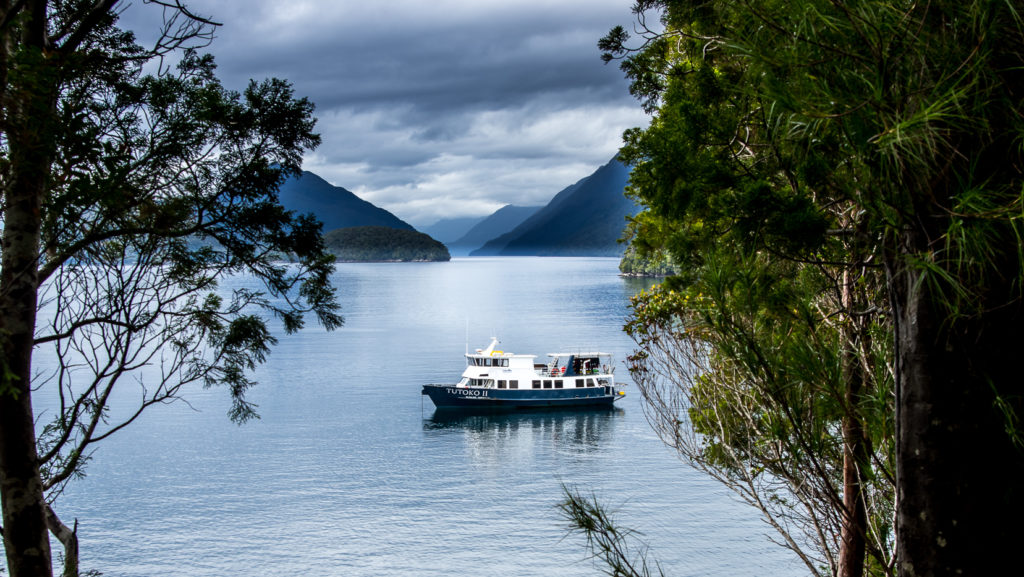Fiordland is one of those dive sites around NZ that is on many people’s bucket list. This incredibly unique environment is popular for everyone from novice to old hand, from hunter to photographer. It is the abundance of life and biodiversity that appeals to pretty much every diver. The number of rare species and sheer volume of life owes itself to a number of specific geological and geographical processes. With international travel being shut down this has given our dive club the push we needed to visit this stunning part of the country and explore its unique underwater environment.

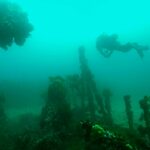
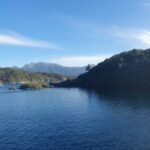
Fiords by nature a deep long inlets with steep cliffs above and below water, they are formed when a glaciated valley submerges into the sea. This happened in Fiordland millions of years ago and only now are we getting to experience the results for ourselves. For divers this means that the bulk of diving in Fiordland is on steep walls which drop well below the depth limits for even most technical scuba divers. For us Wellingtonians wall diving is a rare treat and a very welcome change to our usual shore based diving. On a wall dive gone are most of the benthic fish species (bottom dwellers) like blue Cod and Moki. Instead the bulk of life we encounter on a wall are invertebrates like Nudibranchs, anemones, crayfish, and corals!
Another geographical process we encounter in the fiords are haloclines. A halocline is formed when fresh water sits atop salt water. Haloclines are not all that uncommon in diving, occasionally you may experience a small halocline when shore diving. If you have ever noticed a distinct line of wavy blurry water while descending that was likely a halo cline. But what separates the halocline in Fiordland apart from the others is the sheer size and tannin levels. Think of tannins like a cup of tea. As rainwater moves through the leaf fall in the forest tannins are filtered into the water just like when you pop a tea bag in a cup of hot water. This means are halocline is particularly good at filtering out sunlight from the surface, making for some darker than usual dives.
The combination of steep walls and dark water is what gives rise the prevalence of two very rare species: Seven Gill Sharks and Black Coral. Seven Gill Sharks typically spend much of their time in deep water but can be readily found in the shallows in Fiordland. Black Corals like the Seven Gill shark are a deepwater species (50m+) but in Fiordland can been found in abundance as shallow as 10m!


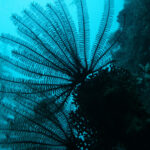
If rare species are your thing I can promise you that Fiordland is a Cray hunter’s paradise! Every crack and hole was full to bursting with crayfish. Picking up a few crays for the table each night required significantly less effort than picking one up from a supermarket. The cracks are so full there is nowhere for the spiky snacks to retreat too. The abundance of crayfish here is a real draw card for many people so it is important to fish responsibly and preserve what we all enjoy. I recommend leaving the big crays, these are the breeders are removing them from the environment can have a significant impact. I think it’s also important to only take what you plan to eat each day you are there.
No matter where your interests lie underwater I can guarantee a trip to Fiordland is well worth your while. The combination of steep walls and a tannic halocline gives rise to an abundance of rare species: Seven Gill Sharks and Black Corals chief amongst them. Though if hunting is more you thing, there seems to be no end to the number of crayfish ready to jump into your catch bag. Fiordland is undeniably incredible and unique, I have made a little over 2000 dives and nothing quite compares to Fiordland. Don’t delay booking a trip to Fiordland!
